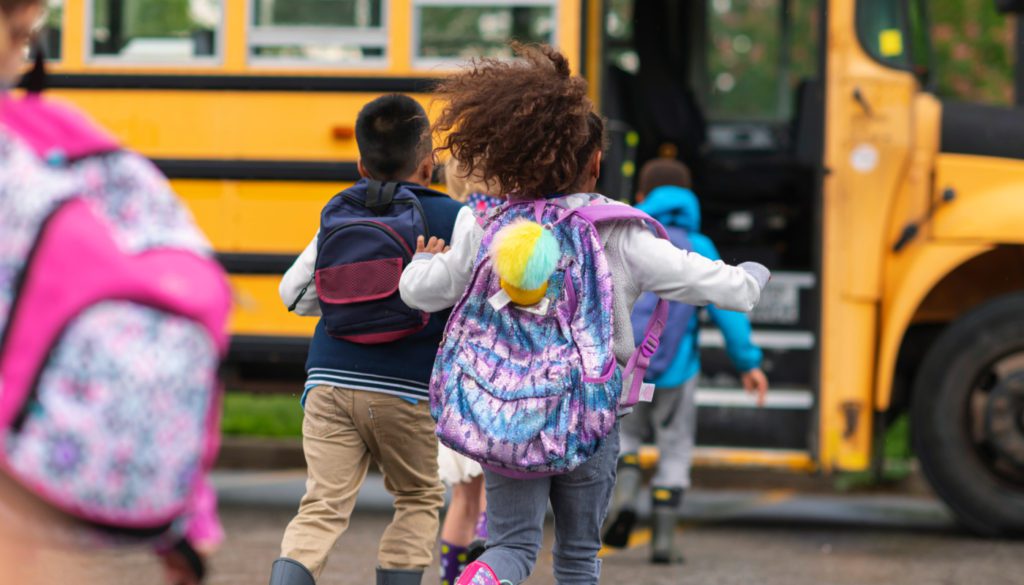Families and caregivers across the United States rejoiced when students returned to in-person school following the peak of COVID-19. Unfortunately, the reality is that schools are continuing to face challenges following the pandemic.
Academically, there has been a nationwide regression in test scores. More support positions were employed to help bridge the teacher shortage, too. On top of that, many students are struggling to keep up.
Those aren’t the only issues, though, which is why we’ve taken a look at some of the biggest challenges schools continue to face and what we can do to help.
Academic Struggles Aren’t Over
In Spring 2023, the COVID-19 public health emergency was officially declared over. For America’s school systems, however, the emergency seems to continue.
The Northwest Evaluation Association (NWEA), a nonprofit organization that looks at academic success across the country, analyzed the test score data from over 6.7 million students enrolled in grades 3 to 8 in 20,000 public schools in the US.
Researchers at NWEA found that achievements fell short of pre-pandemic trends in nearly all grades in both reading and math scores. For children in the early grades, the risk of never mastering comprehension skills and reading is high. The Harvard School of Education suggests it will take eight more years for scores to reach their pre-COVID-19 levels.
The gap continues to grow. Teachers are struggling to make up for education gaps from years previous while also preparing their students for standardized tests in their current grade level. The $190 billion in aid to schools during the pandemic helps bring in more paraprofessionals to support students who are falling behind, but what happens when that money runs out? The answer remains to be seen.
Absenteeism is another problem. School districts are also reporting higher rates of absenteeism than ever before. The Associated Press, in partnership with Stanford University, found that more than a quarter of students were chronically absent in the 2021-2022 school year. That’s up 15 percent from years previous, meaning a whopping 6.5 million students have missed class.
Between lower test scores and chronically absent students, the NWEA is suggesting that, as a rule, students need over four extra months of school to catch up. And academic regression is only one way in which students have fallen behind.
Mental Health Crisis Among Students
Students in the United States are struggling with mental health difficulties more than ever before. The Centers for Disease Control and Prevention reported in 2023 that more than 40 percent of high school students struggled with persistent sadness and helplessness.
Many parents and caregivers claim a significant correlation to the pandemic. Grief, isolation, and disruption to normal life brought a heavy burden on young people during the pandemic. The loss of expectations weighed heavily on high schoolers, who missed out on activities and social events in their formative years.
Students need access to mental health resources both in and out of school, but school districts are struggling to fund them. Whether it’s more school psychologists and counselors, access to support groups, or establishing the right number of teachers per class size, schools aren’t always able to meet the mental health needs of their students.
Worsening School Staffing Shortages
The nursing and healthcare staffing shortage is widely known across the United States, but healthcare isn’t the only sector struggling to fill job vacancies. In October 2023, USA Today reported that 86 percent of public schools could not hire enough educators. School staffing continues to be a problem for many roles including school nursing, special education, and therapy.
Teacher turnover is high, and the gaps are not being filled. Since the COVID-19 pandemic, many educators have chosen to retire or leave the profession entirely — and they’re not the only ones. School counselors also joined the ranks and have high turnover as well.
In September 2023, the American School Counselor Association surveyed thousands of schools across the country on the struggles students were facing. Forty percent of public schools reported that it was difficult to fill “mental health professional” roles, including school counselor roles. Nearly a quarter of schools responded that they had “no counselors” on staff. Some counselors are spread among several schools, meaning they are only in a particular school once a week — or even less.
Working to Make a Difference for Students
Here at Supplemental Health Care, we understand the deep connection between students’ health, wellbeing, and experience at school. We are working to staff schools to make a difference through a variety of disciplines and specialties.
As a leading healthcare and school staffing employer in the United States, SHC provides opportunities for paraprofessionals to find positions in schools, from elementary school through high school. There are also plenty of opportunities at SHC for school nurses, special education teachers, speech-language pathologists, school psychologists, and more.
Our Schools Centers of Excellence team is available to help you find a school position now. We are currently hiring for nursing, therapy, and other school positions nationwide. SHC’s team of dedicated school specialists is here for you so you can be there for your students.
search content
subscribe to
the shc blog


